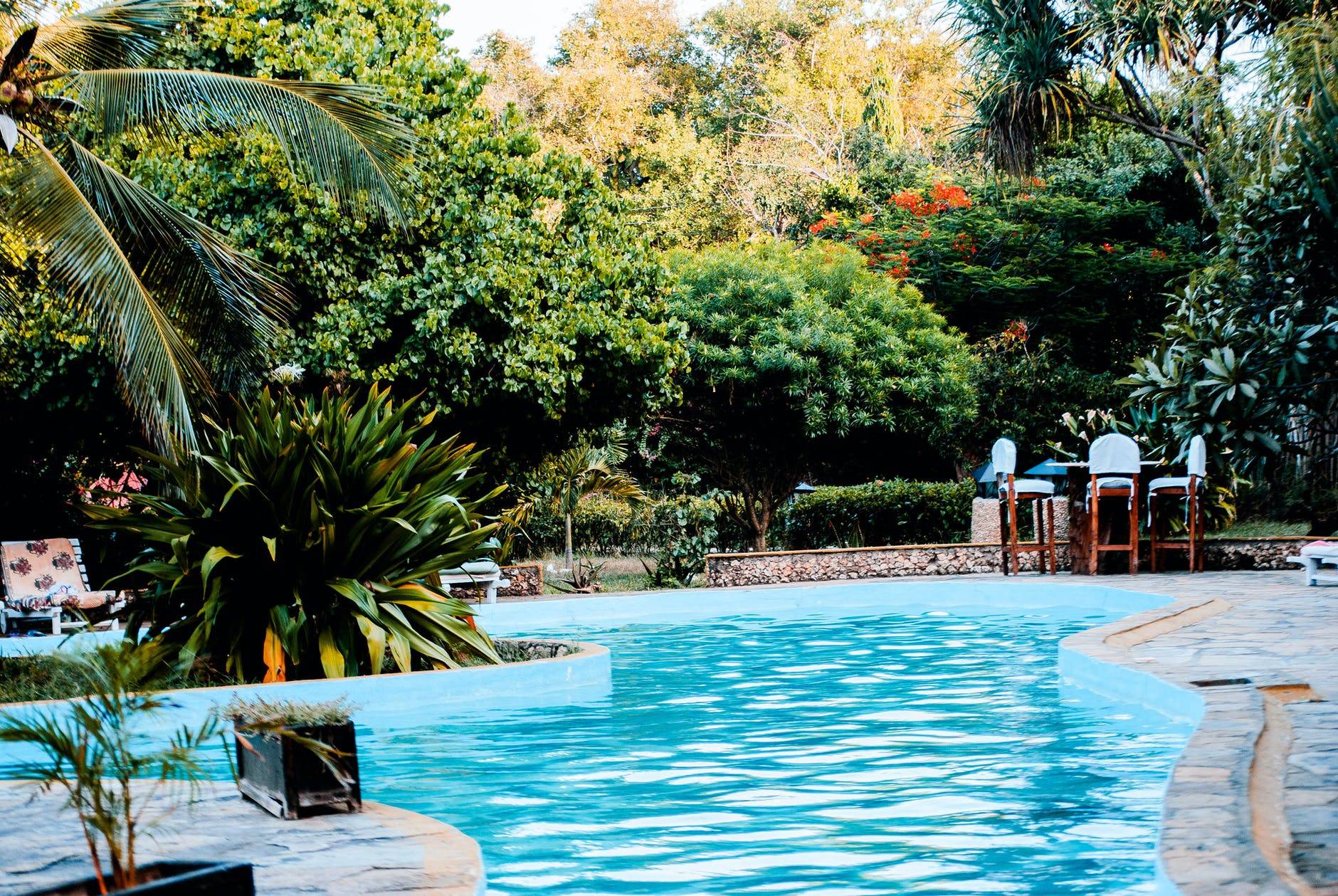New EVO 614i Robot Pool Cleaner Review
- By DFWpoolboy
- Pool Cleaners
- 675 Replies
Discovered this thread and read it in a single day last weekend, bought a 614IQ and fine filter immediately from Marina. I didn’t place an order over the phone as it’s on sale for 800 on their site and cheaper than anywhere else already, so figure they wouldn’t discount even further. Also it’s lower now than what they used to sell it for when advertising the regular price.
Here is my before vs after it’s very first run with the fine filter, and our weekly pool service came two days before this for reference.
This is replacing a 4-year-old Dolphin CC Supreme (read: fancy version) which is what we bought when buying a new home, and my first pool ownership experience. It has two thin filters and after our first season, realized it wasn’t an ideal setup for our heavy leaves and trees around. It worked for 4 years after living in the pool 24/7 but knew we needed a basket-type version as a replacement. It was fixed locally under warranty one time without issue. The cord after this long was disintegrating in my hands and pool which was gross, and dirt would re-enter the pool when removing it from the water. On top of filters and overall design not being great for leaves.
In researching our next Dolphin (design and price creep) and market, figured there ‘must be a better way’! Came across this thread and game over. Thankful to all the knowledge sharing here, and looks like this is a worthwhile bot without overkill for a sure-to-die-at-some-point technology.
Plan to stick with fine filter generally and swap out for the regular when there are leaves and heavy debris to collect. Weekly schedule great when away from home for weeks at a time.
Here is my before vs after it’s very first run with the fine filter, and our weekly pool service came two days before this for reference.
This is replacing a 4-year-old Dolphin CC Supreme (read: fancy version) which is what we bought when buying a new home, and my first pool ownership experience. It has two thin filters and after our first season, realized it wasn’t an ideal setup for our heavy leaves and trees around. It worked for 4 years after living in the pool 24/7 but knew we needed a basket-type version as a replacement. It was fixed locally under warranty one time without issue. The cord after this long was disintegrating in my hands and pool which was gross, and dirt would re-enter the pool when removing it from the water. On top of filters and overall design not being great for leaves.
In researching our next Dolphin (design and price creep) and market, figured there ‘must be a better way’! Came across this thread and game over. Thankful to all the knowledge sharing here, and looks like this is a worthwhile bot without overkill for a sure-to-die-at-some-point technology.
Plan to stick with fine filter generally and swap out for the regular when there are leaves and heavy debris to collect. Weekly schedule great when away from home for weeks at a time.




















